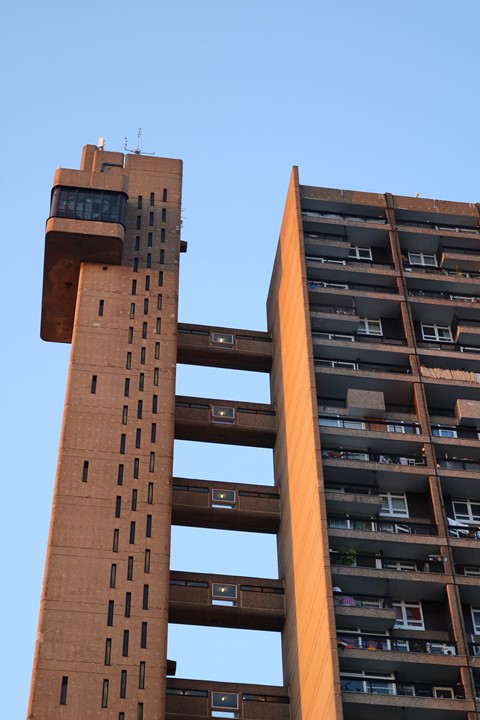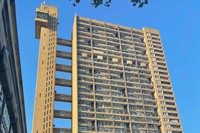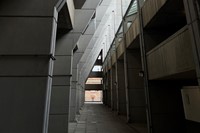Noris Obijiaku – AKA Mr Chuck – has amassed a large following on TikTok and Instagram for his unpretentious tours of London’s modernist housing estates. Here, he talks about democratising architecture for the masses
“I think it’s best if you just question everything. That’s how we evolve,” says architecture graduate and rising TikTok star Noris Obijiaku, reflecting on his ambitions in the field. Having amassed more than 240,000 followers across the platform and its rival, Instagram, Obijiaku – known online as Mr Chuck – is successfully forging a space for curious voices like his in an industry that is in desperate need of a new vanguard.
Notorious for its inaccessibility, the ability to be truly heard in the architecture world is generally reserved for a select few, but with a feed of relentlessly meticulous drawing videos and unpretentious architecture tours, Obijiaku is catching the eye of architecture lovers across the internet while harnessing social media’s primary redeeming featuring; the capacity to democratise and empower. “It’s such a mixed audience,” explains Obijiaku. “But there are a lot of young people who are discovering the world of architecture and are not really aware of how much work is put into these buildings they’ve visited.”
Obijiaku, who is quick to express his commitment to becoming a fully qualified practising architect, admits that he didn’t know what architecture even encompassed until he ran into academic frustrations while studying engineering at college. While he found himself excelling in the design module, he struggled with the others. “At the end of the year, I asked my lecturer if there was anything closely related to design, engineering and construction and he mentioned architecture. When he told me about it my mind was blown, and I could really see it as something I could do.”
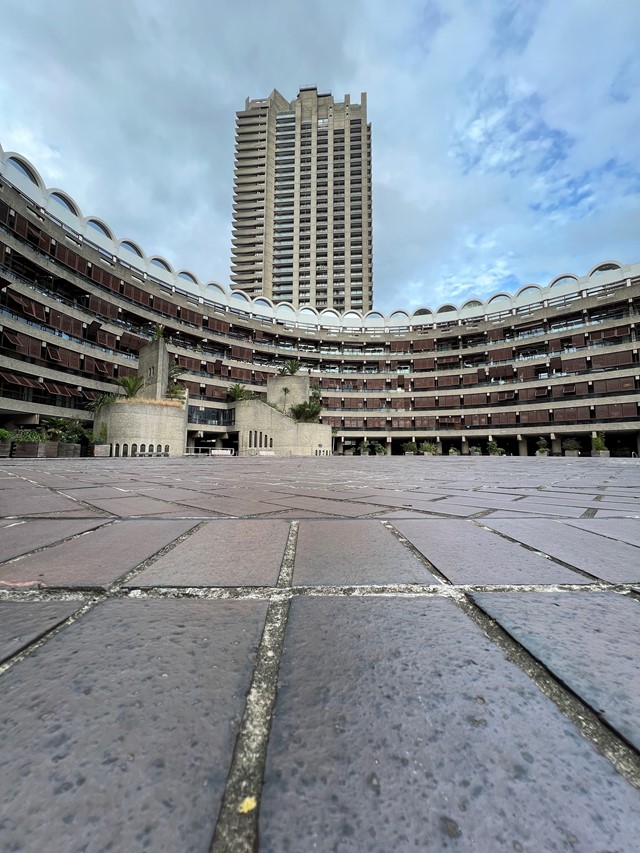
While the transition from his college education to embarking on a bachelor’s degree in architecture at Coventry University was smooth, it was another unexpected academic challenge that inspired Obijiaku to seek solace in social media. “At the end of my first year I passed six modules, but failed one, meaning I couldn’t progress to the second year,” he says. Unable to continue his studies on the same timeline as his fellow cohort, and without eligibility for a student loan to pay his rent, Obijiaku found himself experiencing feelings of depression, forced to live “paycheck to paycheck” to cover the rent for university accommodation he had already committed to for another year. His face lit up by a smile, he continues, “I’m a resilient person. I just felt like, if I couldn’t make it through uni, I was just going to put myself out there. So then I thought, cool, I know I’m good at sketching, so let me just post my sketching videos online and see where it goes. It started off the back of failing the module and then something beautiful came out of it.”
Obijiaku has since graduated, all modules passed. Now, between searching for graduate roles that will allow him to move through the industry, the 24-year-old finds himself in a position to guide those experiencing similar architectural awakenings to his own. He speaks warmly of being asked for tips and advice for university applications by his followers; he feels it is his role to pass on the knowledge that has been shared with him along the way. Reminded of his fast-growing online platform, he remarks, “Before all of this happened, my primary goal was to expose myself. But that was just a byproduct of the original intention, which was just to inspire anyone around me.”
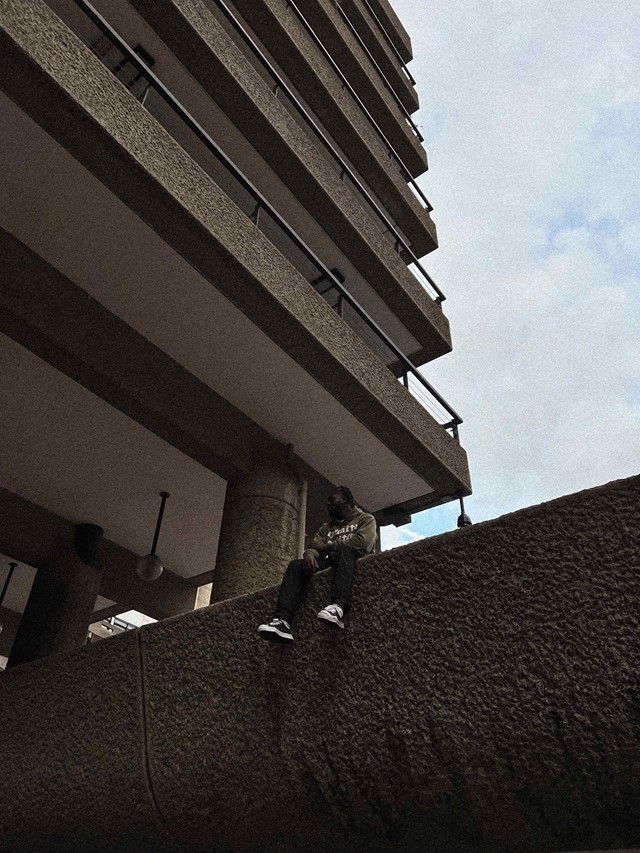
As he pursues a professional role in architecture, Obijiaku continues to work in social housing, listening to and engaging with the people who might live in the very housing developments featured in his videos. When questioned on the legacy he sees himself working toward, Obijiaku says he hopes to contribute to these people’s lives, recognising the ways our capitalist economic infrastructures fail to prioritise their needs. “What success looks like to me is impact,” he says. “What impact did I make? What contribution? What did I achieve with whoever I was working with? How have I improved people’s wellbeing and lives? I just want to be able to produce great designs.”
